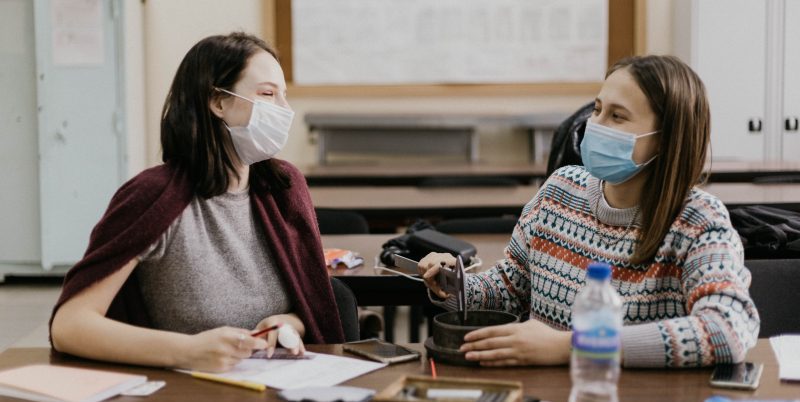 Many people have spent the past year at home, in a crouched position, chatting with colleagues over the web and checking in with bosses over Zoom or Teams, often while dealing with children or pets in the background.
Many people have spent the past year at home, in a crouched position, chatting with colleagues over the web and checking in with bosses over Zoom or Teams, often while dealing with children or pets in the background.
The hardest part about working remotely for many was getting used to not having any face-to-face contact and having to almost exclusively relate to colleagues or team members through computer screens. Once they get used to these technologies, it becomes like muscle memory.
But over the course of the past year, many workers were ready to adapt to the “new normal.” And while adaptability is often an excellent thing, it can work in the opposite way too. Although the technology will adapt, organizations will need to create more structure around telecommuting. They must also adjust their mindset as more workforces take a hybrid work approach to remote and in-office work.
Typically, individuals who participated in telecommuting or flexible hours were in the past sometimes perceived as lazier or not nearly as good of an employee or as high of a performer as people who go to the office on a consistent basis.
On the contrary, several studies of remote work during the coronavirus pandemic have indicated that employees are more productive than ever, likely because of the minimum office-based distractions, such as meddling with middle management and a renewed interest in business-critical activities.
Now that more people have experienced remote work, people’s perceptions are changing. Although most of the time working from home has its challenges, there are several benefits:
- Eliminating the costs of commuting to the office
- Helping kids with homeschooling
- Having your pets as companions
- Taking care of ourselves
That’s why we might consider offering ourselves ample time and space to adapt to the disorientation we may experience within the weeks and months ahead, based on the very fact that we are not returning to our lives prior to the COVID-19 pandemic of 2020.
First, in many ways and degrees of difficulty, the environment we are returning to is not the equivalent of the office we left earlier in March 2020.
For instance, many people are not comfortable with the CDC’s decision to lift masking and social distancing requirements. Yes, this is for vaccinated individuals, and mask requirements are still in place in some instances, but that doesn’t ease concerns for employees navigating these rules and trying to figure out what they will do to go back safely to their physical offices.
These are some aspects to consider going back to the office:
- Management should survey how many employees are willing to go back to the office voluntarily.
- An incentive for transportation, parking fees can be offered to those who decide to go into the office.
- Management should offer the opportunity to do more alternate work schedules or compressed schedules, as well as hybrid telecommuting/office work.
- One alternative to attenuate the number of individuals within the office at any point in time: Managers should consider having alternate shifts, to open up their offices earlier and keep them open later.
- Other employers might decide that some employees can be at the office space on the even days of the week, meanwhile others on the odd days as another strategy to reduce the number of individuals within the office at any given point in time.
Going back to the office presents a bigger dilemma for those who dressed down, grew a beard, worked in pajamas and are not ready to go back to be judged by their appearance. Before the pandemic, there were certain dress code rules at work, maybe written or not.
It will take us back some time to adapt to the new normal, but only time will tell how long it will take us.
Additional reading:
- Murray, R. (2021). ‘6 workplace changes you can actually expect when you return to the office’, TMRW, March 29, 2021.
- Hughes, O. (2020). ‘The new normal: What should you expect when you return to office life?, TechRepublic.com, May 7, 2020.
- Brockner, J. (2021). ‘Going Back to the Office? Don’t Expect ‘Normal’, Barrons.com, June 1, 2021.
Marta Velez Rodriguez has spent nearly a decade working within acquisitions in the Defense Department (DoD), with past experiences at the Defense Logistics Agency (DLA) Aviation, Army National Guard, Army at Fort Belvoir, the Government Printing Office (GPO) and the Veterans Affairs Department (VA). This is in addition to 15 years of experience in the private sector.
Interested in becoming a Featured Contributor? Email topics you’re interested in covering for GovLoop to featuredcontributors@govloop.com. And to read more from our summer/fall 2021 Cohort, here is a full list of every Featured Contributor during this cohort and a link to their stories.





Leave a Reply
You must be logged in to post a comment.